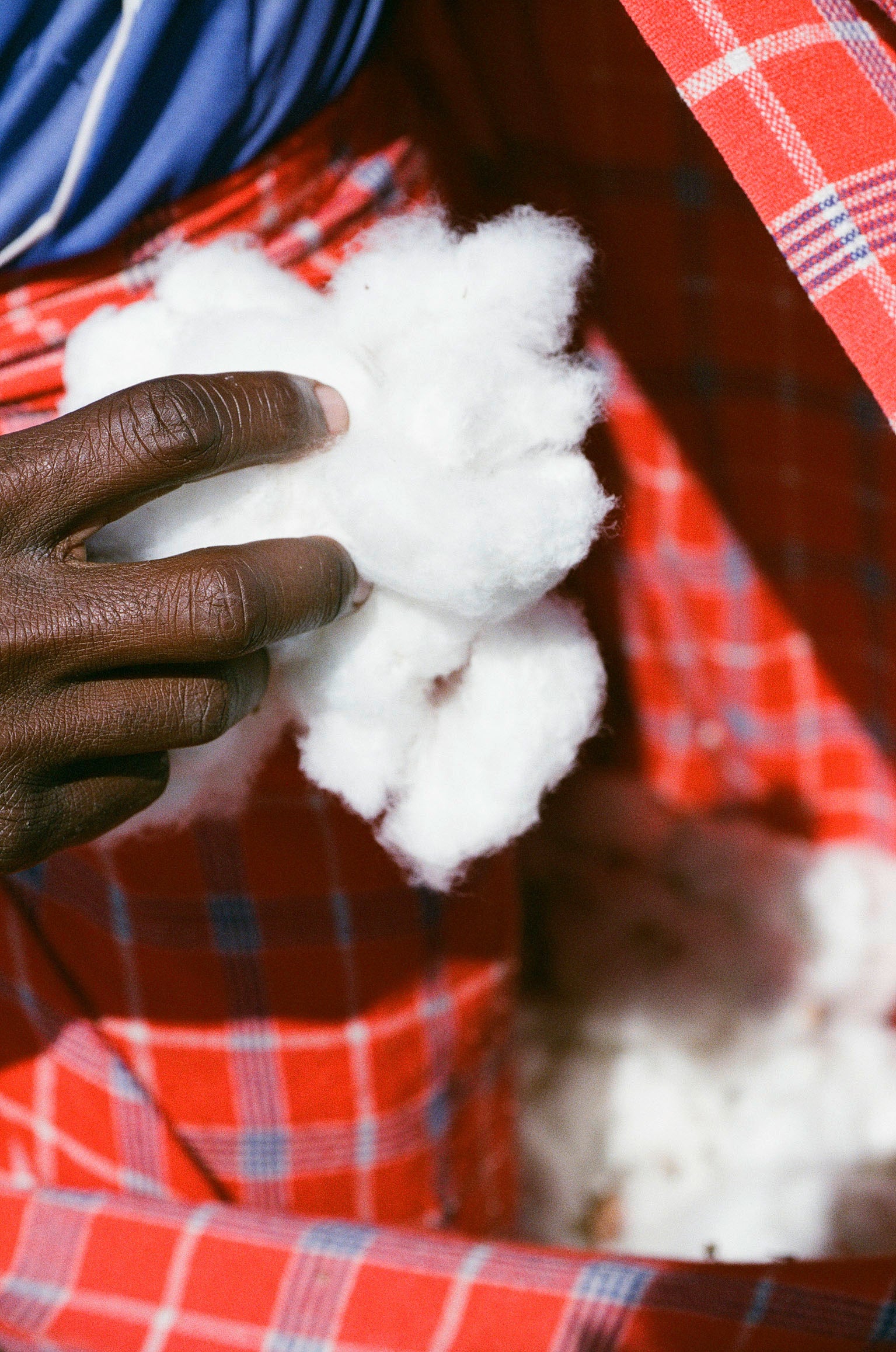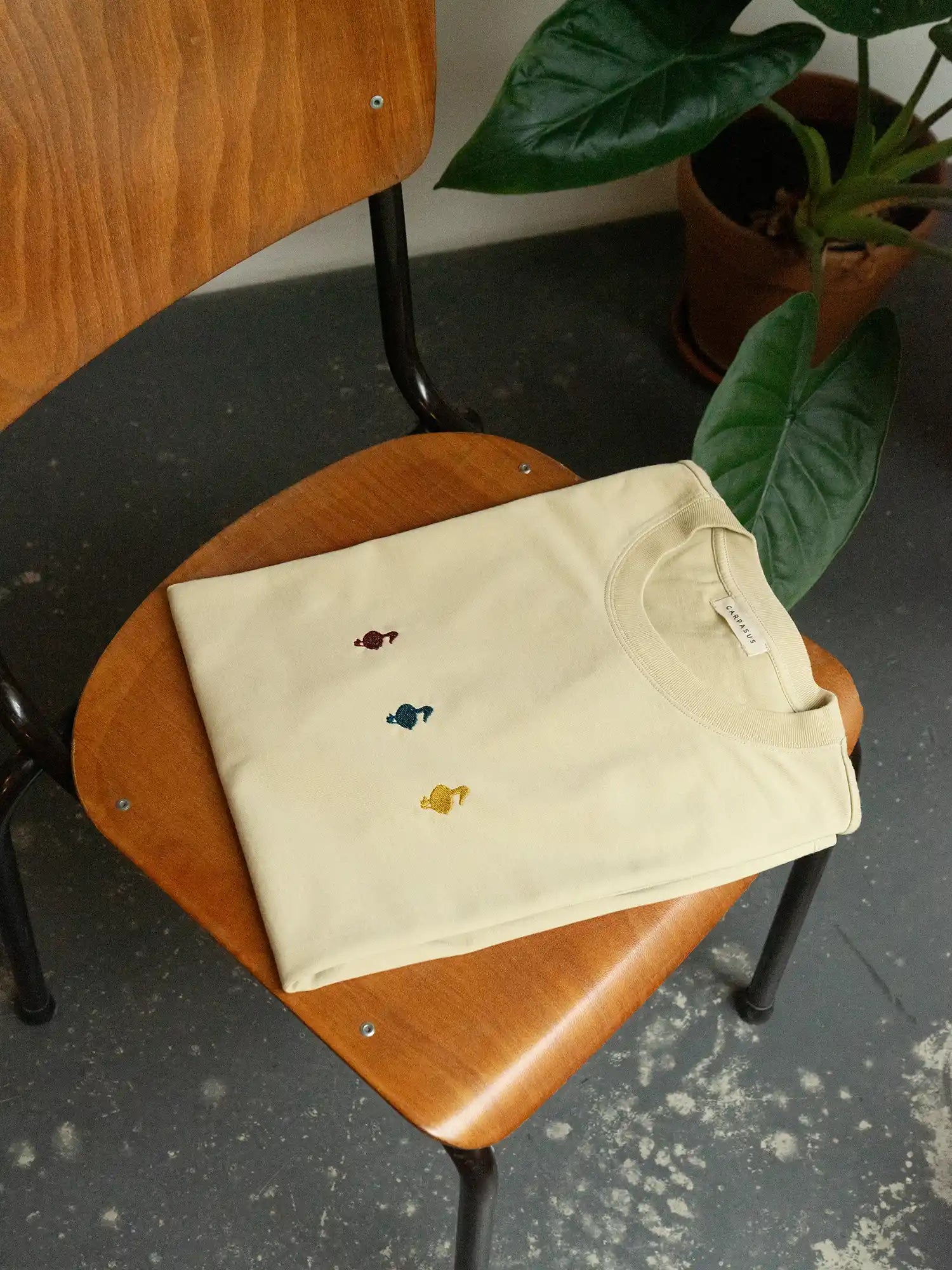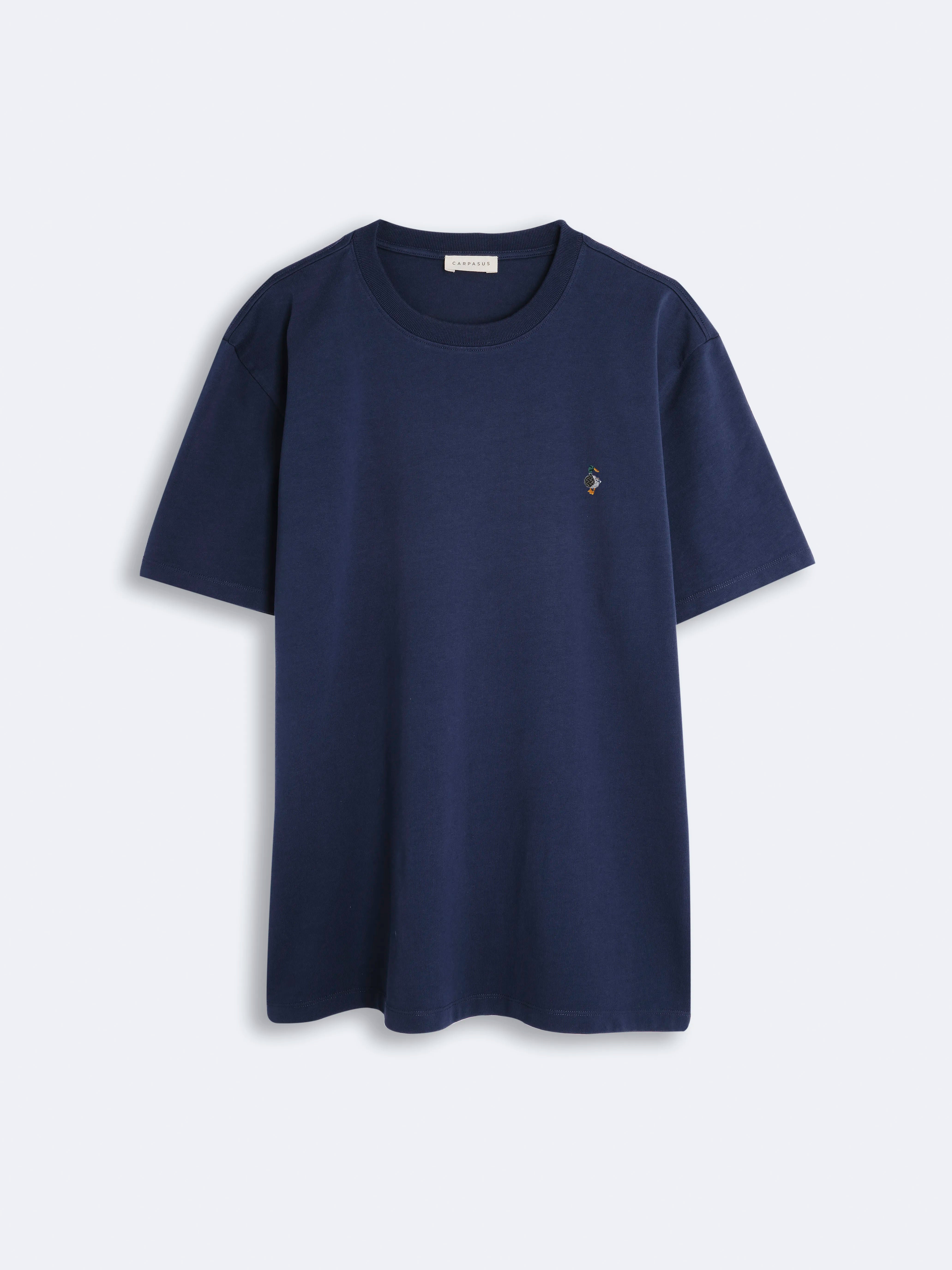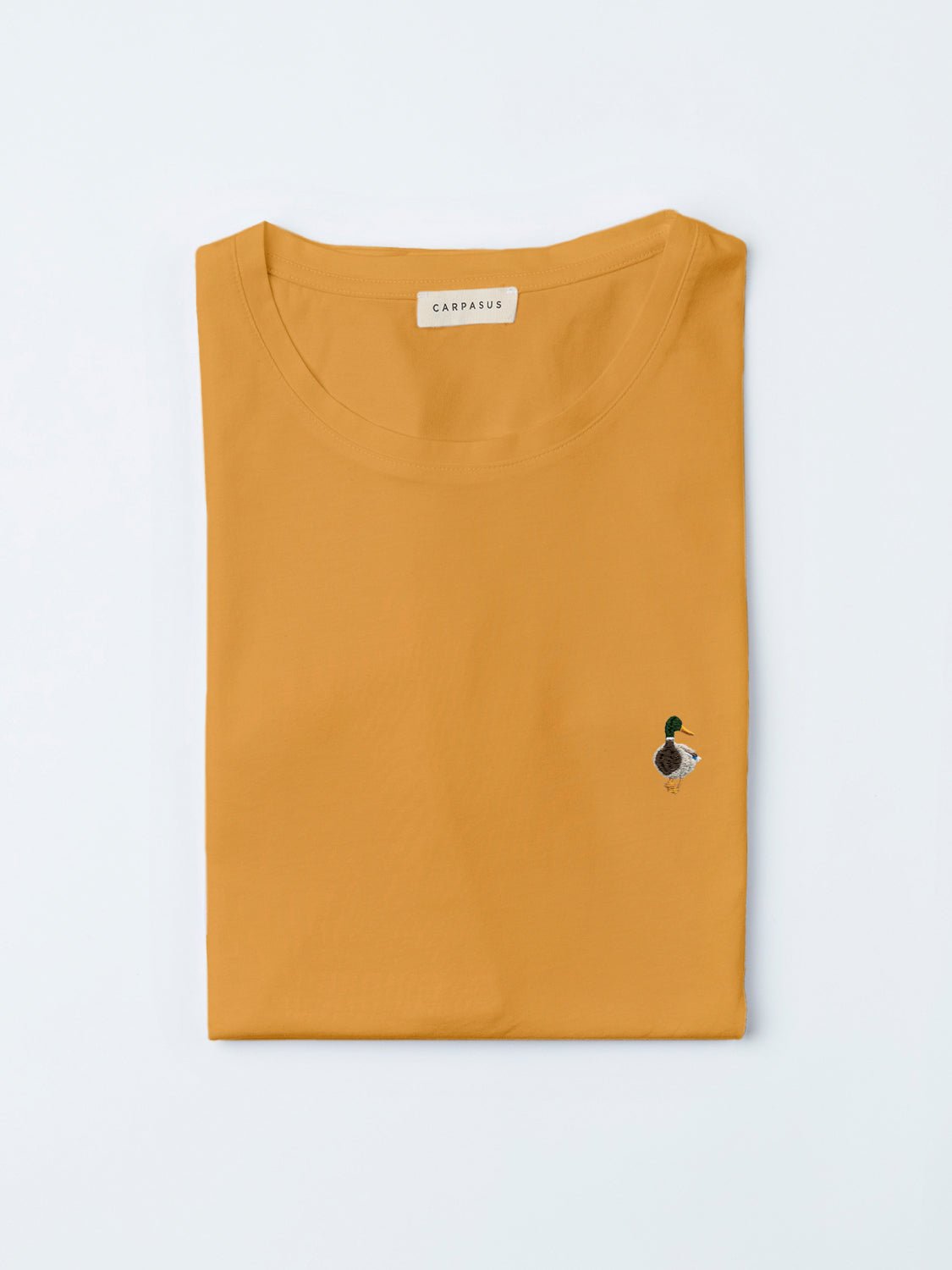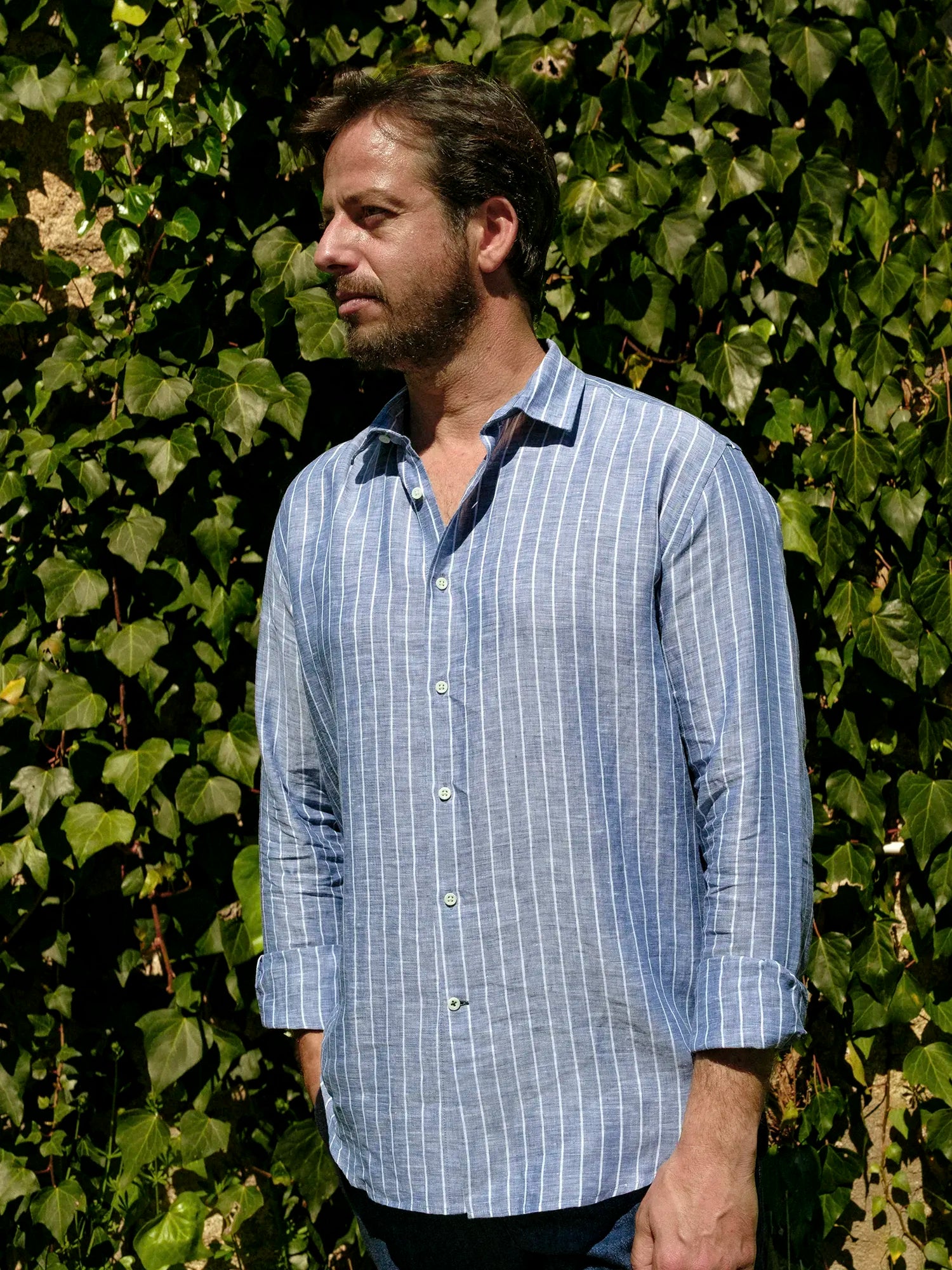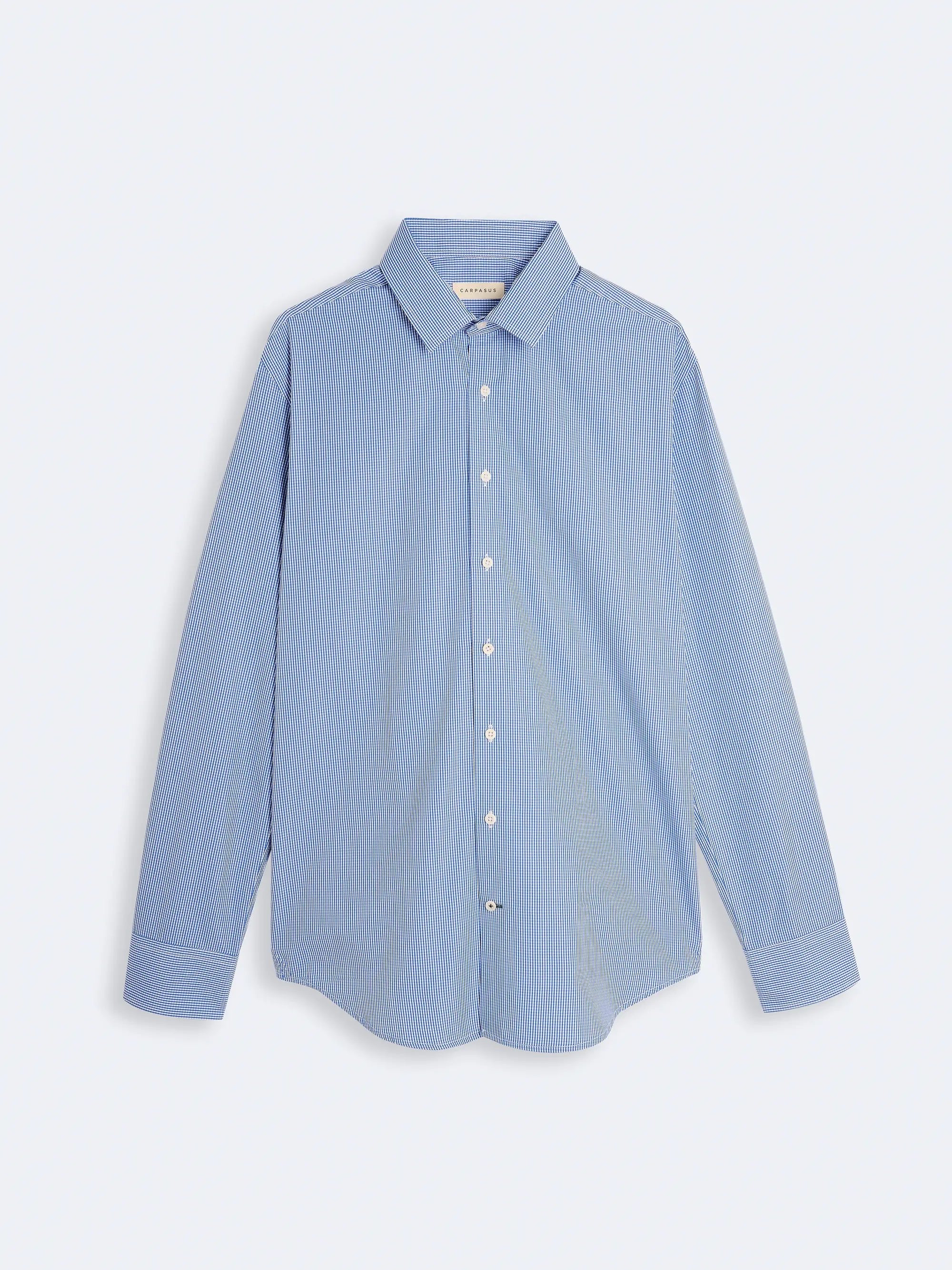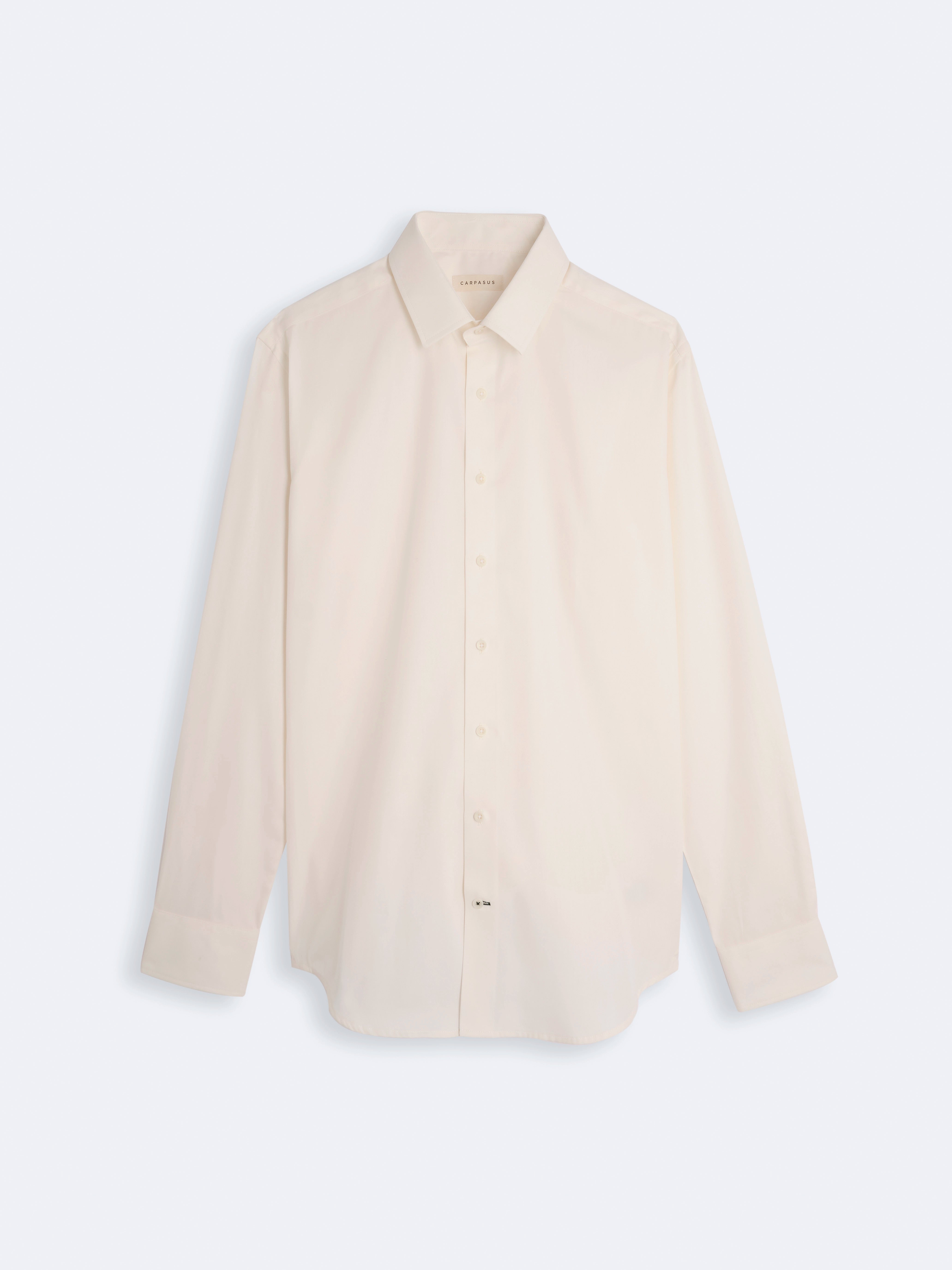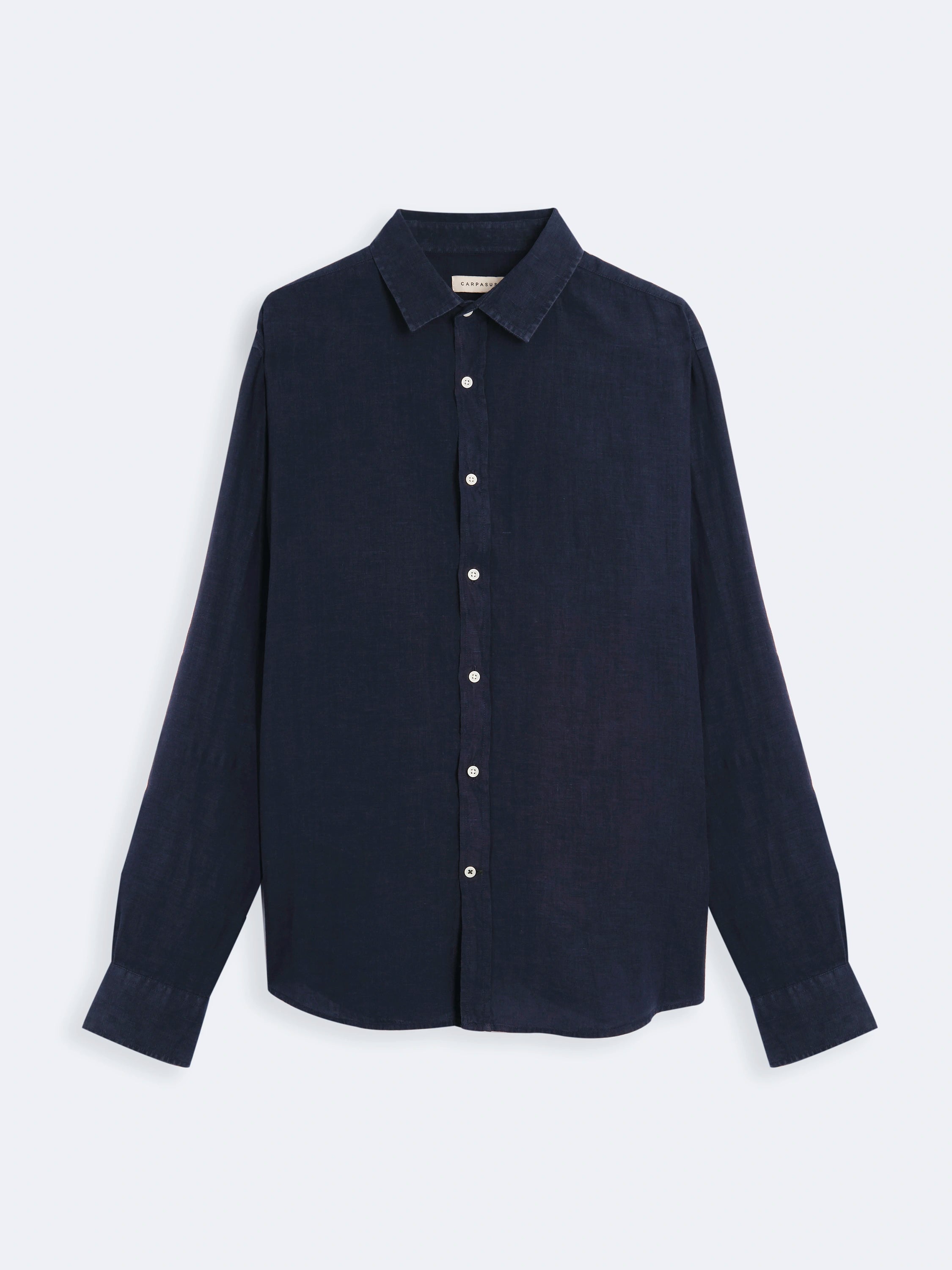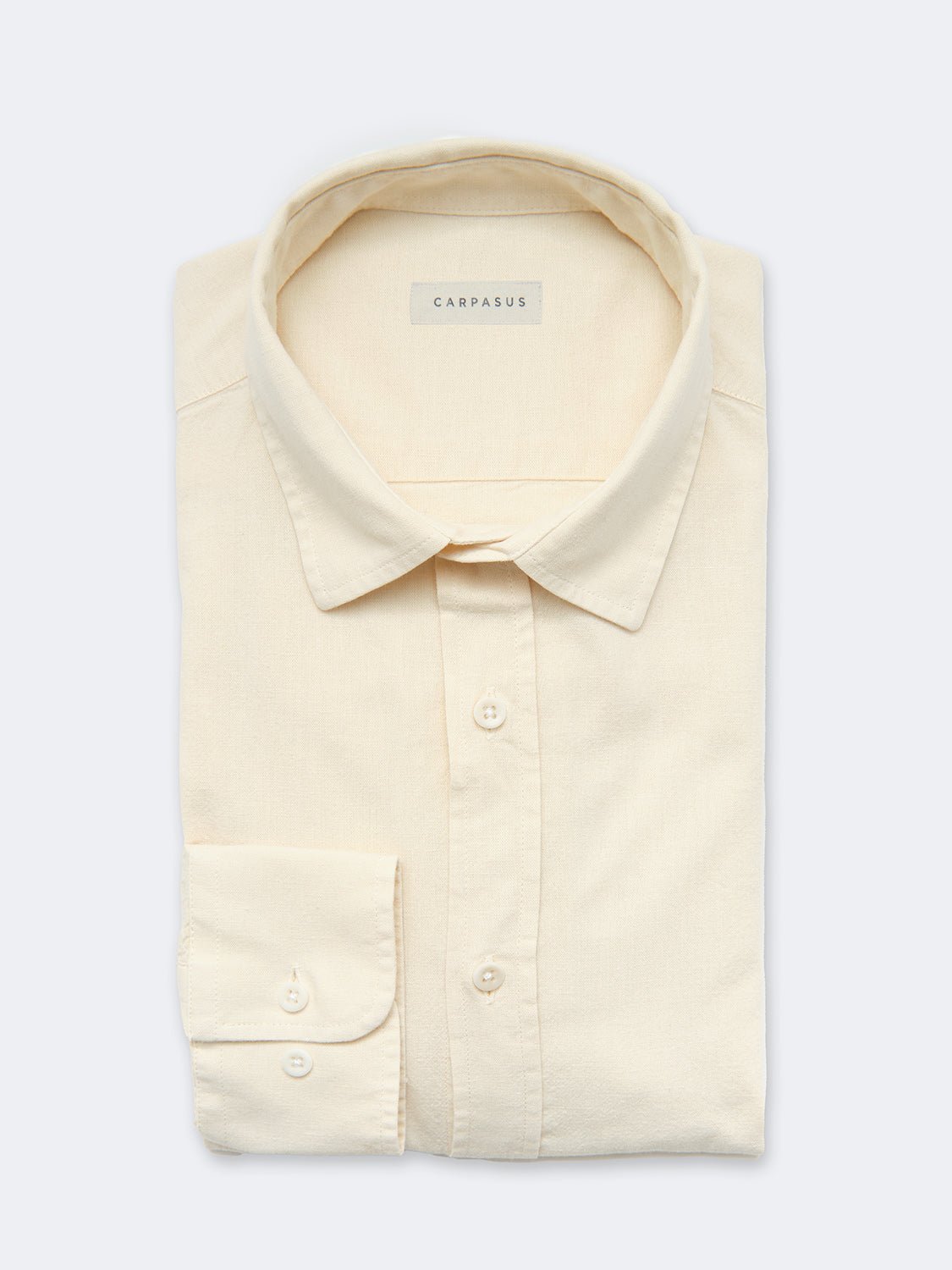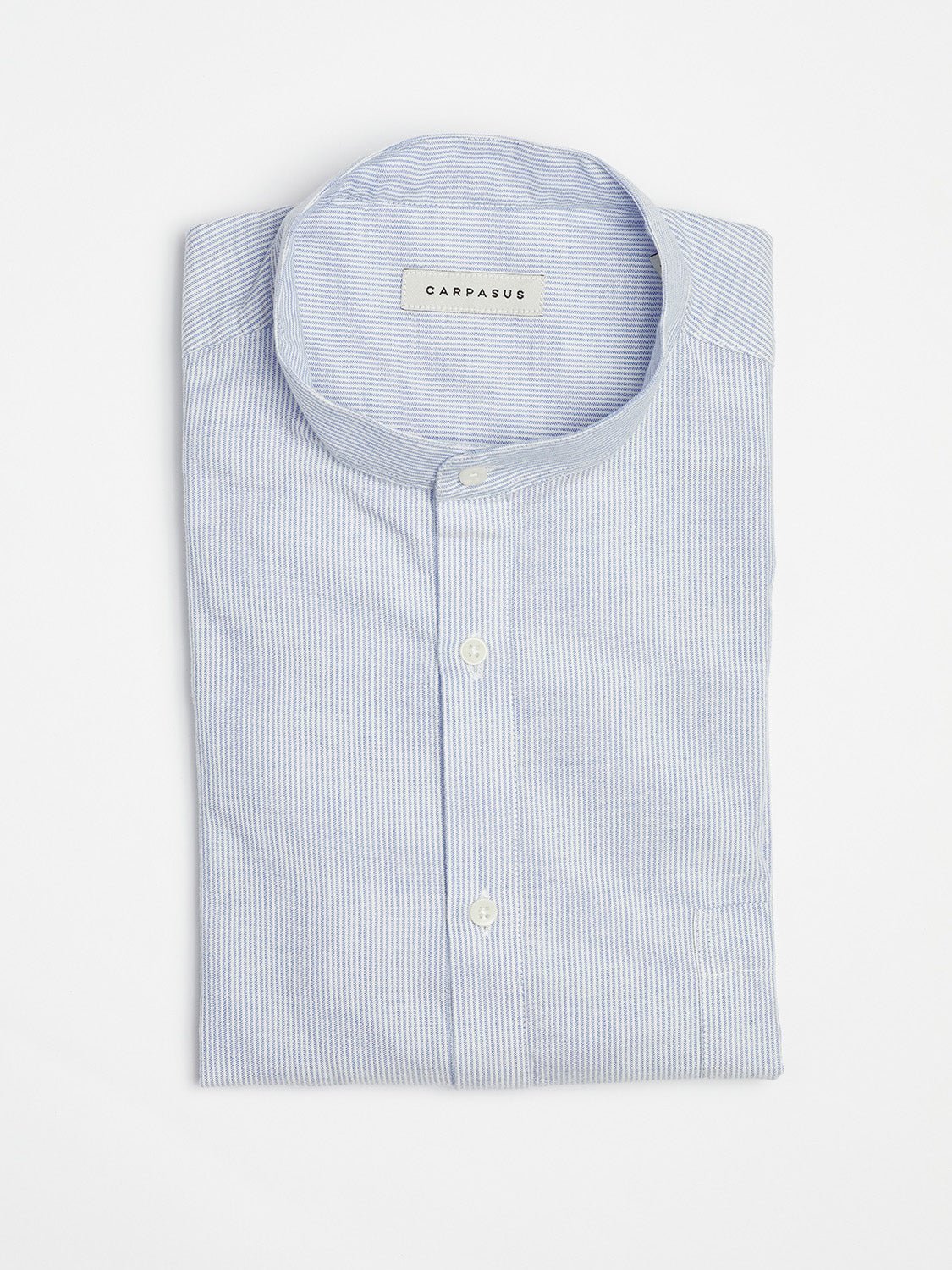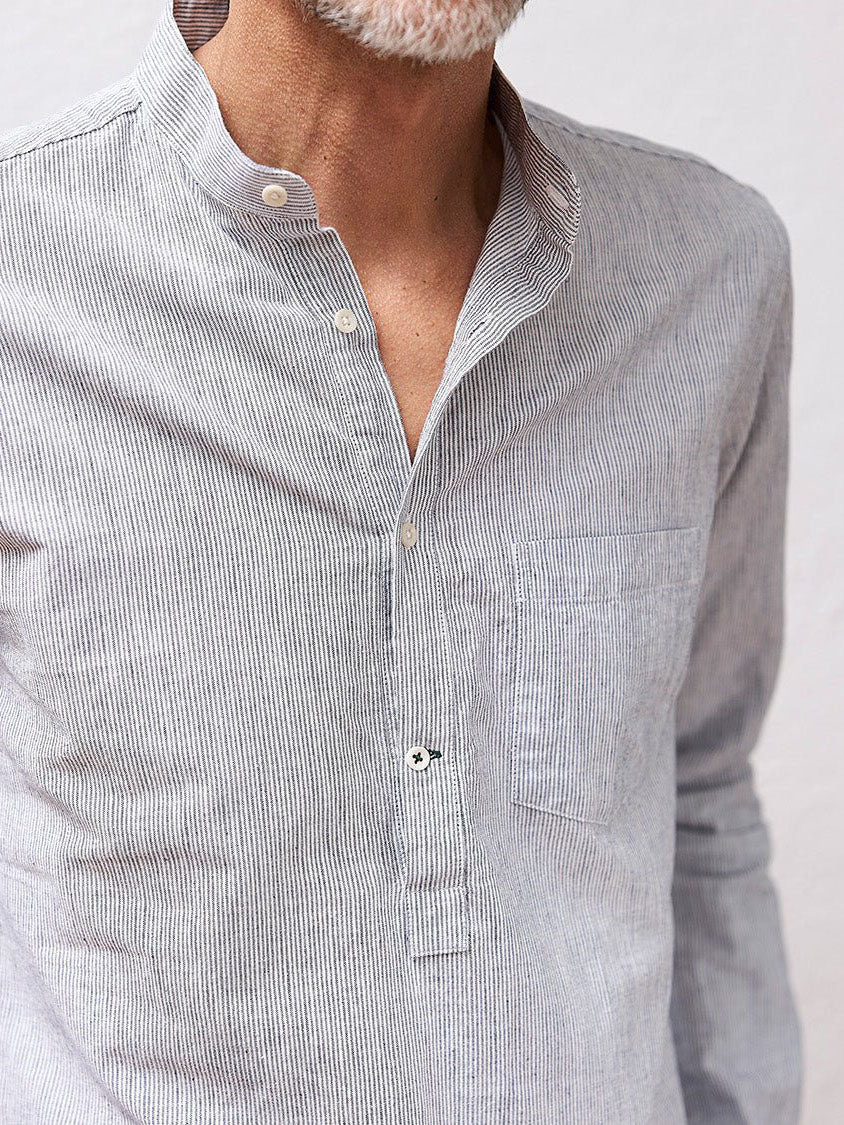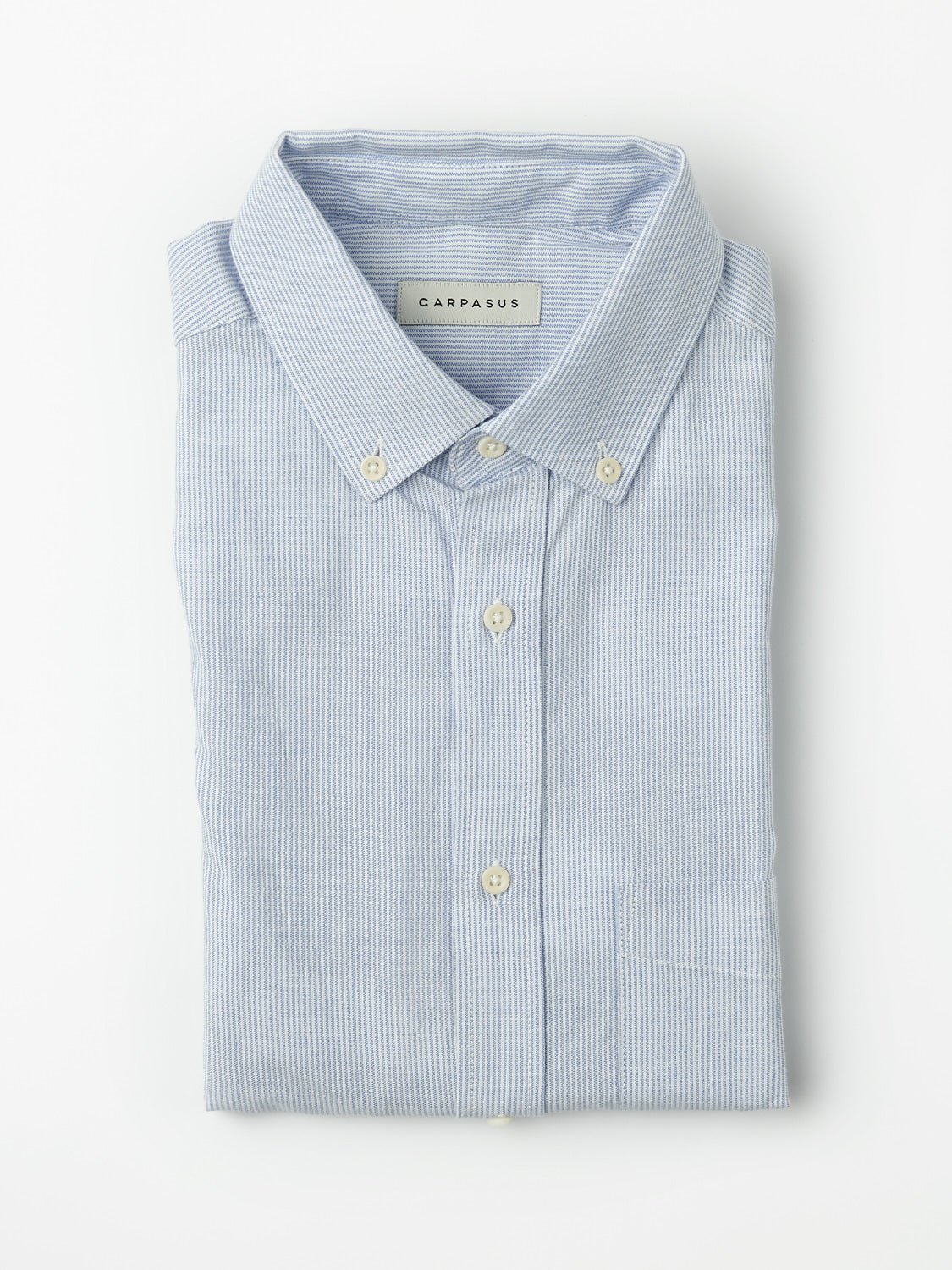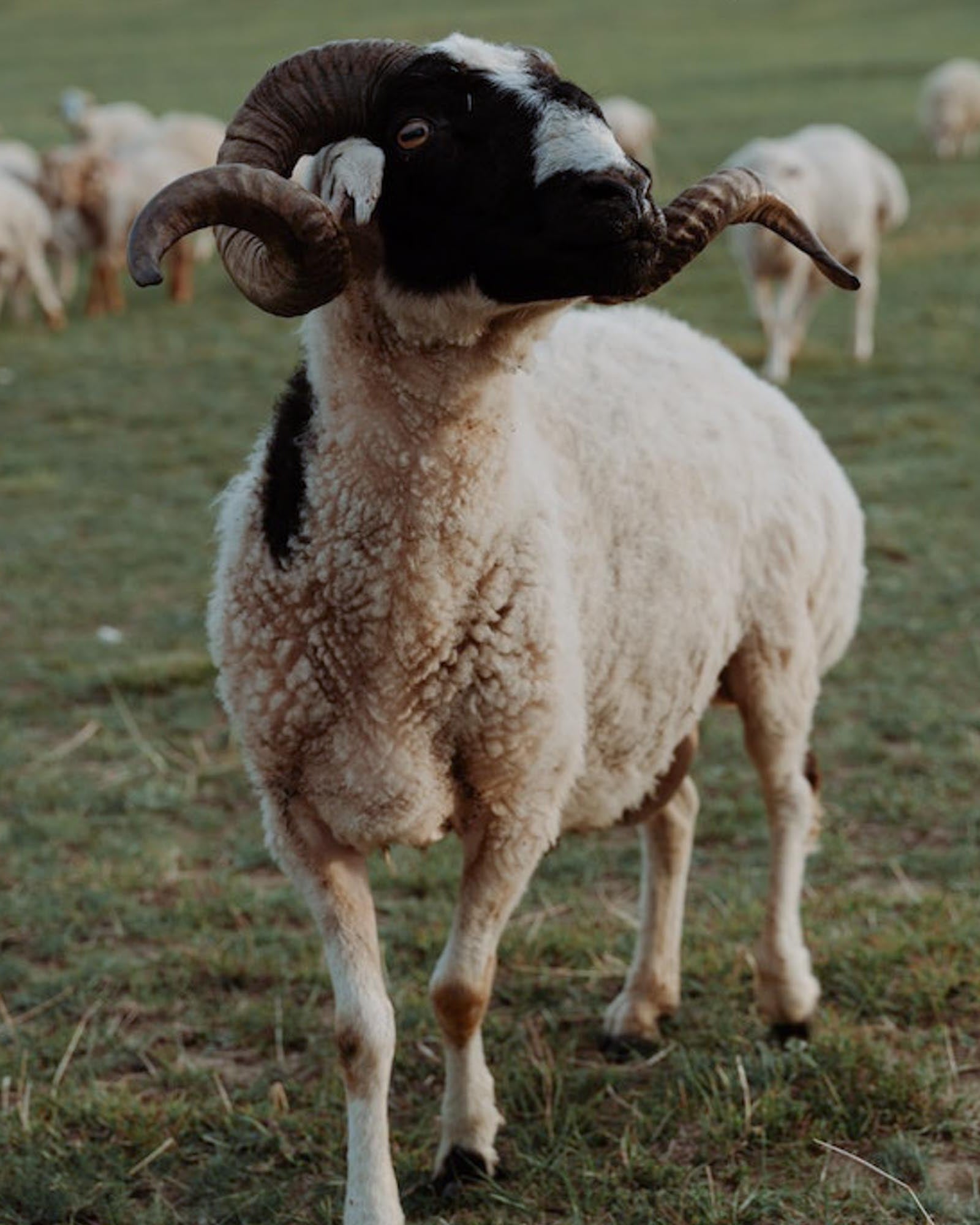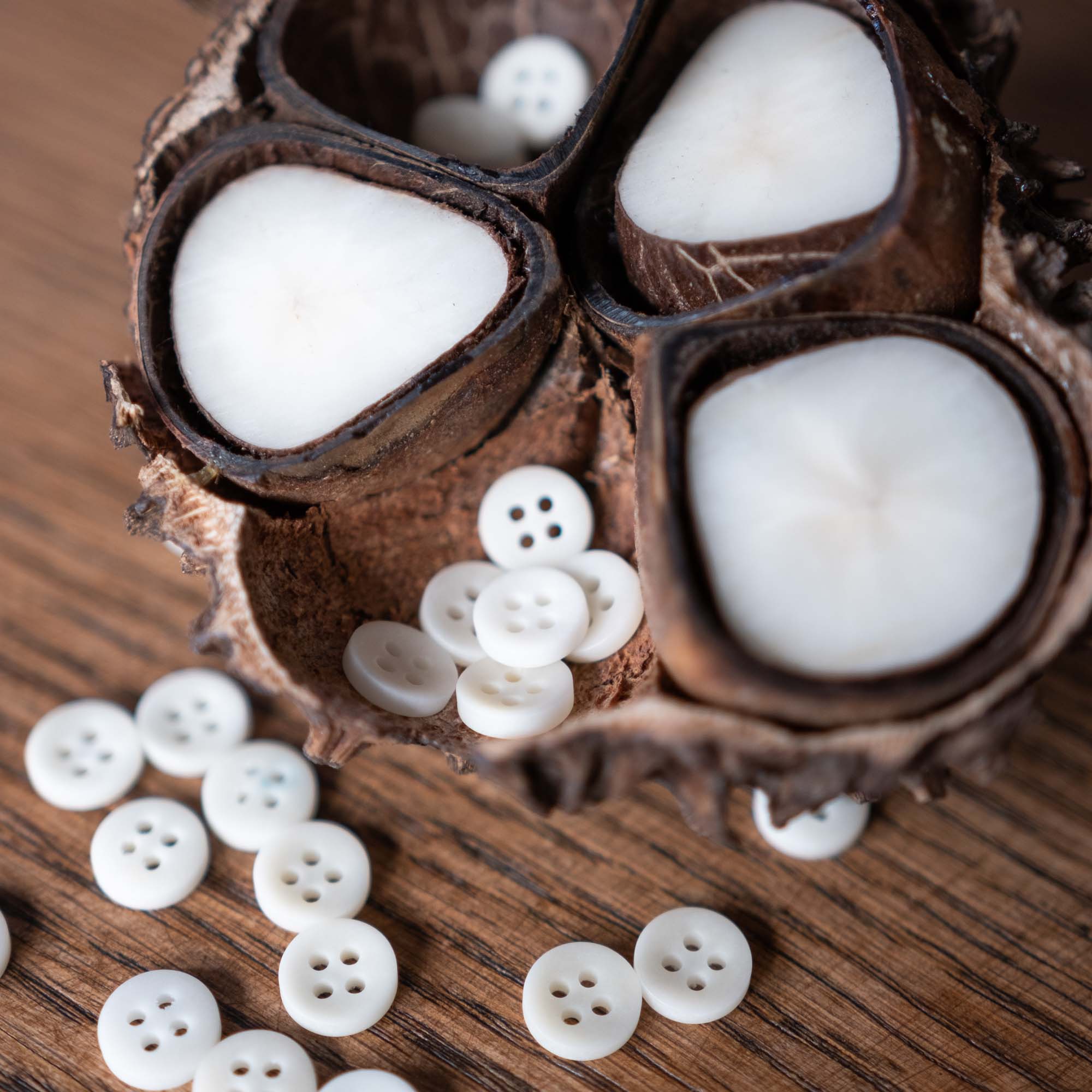Erfahre mehr über
Unsere Materialien
Bio-Baumwollanbau schützt die Natur
Der ökologische Anbau von Baumwolle erlaubt weder den Einsatz von genetisch veränderten Samen noch den Einsatz von Pestiziden, Herbiziden, Insektiziden und synthetischen Düngemitteln. In vielen Fällen wird Bio-Baumwolle in Kleinbauernstrukturen angebaut. Die Bio-Bauern haben alle Ressourcen, die sie für die Düngung und den Schutz ihrer Pflanzen auf ihren Farmen benötigen.
Statt synthetischer Düngemittel verwenden Bio-Bauern natürliche Düngemittel wie Mist und Urin ihrer Nutztiere. Sie bereiten auch eigene Mittel zur Schädlingsbekämpfung aus Pflanzen zu. Die Mischkultur mit Sonnenblumen, Weizen und anderen Nutzpflanzen hilft ebenfalls, Schädlinge auf natürliche Weise fernzuhalten. Durch den Verzicht auf Pestizide und synthetische Düngemittel wird die Flora und Fauna im Anbaugebiet nicht schädlichen Substanzen ausgesetzt. (Quelle 6)
Bio-Baumwollanbau schützt die Bauernfamilien
Nicht nur schützt der Anbau von Bio-Baumwolle landwirtschaftliche Gemeinschaften vor schädlichen Substanzen, er kann sie auch unabhängiger machen. 70 % der weltweiten Baumwollanbauflächen werden mit gentechnisch veränderter Baumwolle bewirtschaftet. Ursprünglich wurden diese Samen entwickelt, um Schutz vor Schädlingen wie dem Baumwollkapselkäfer zu gewährleisten. Doch da die Schädlinge resistent werden oder sich andere schädliche Insekten vermehren, lässt sich der Einsatz von Pestiziden nicht vermeiden. Dadurch entstehen den Landwirt*innen hohe Kosten für den Kauf von synthetischen Düngemitteln und Pestiziden. Zudem müssen sie jedes Jahr neue gentechnisch veränderte Samen erwerben, was sie in Abhängigkeit von agrochemischen Unternehmen bringt.
Bio-Bäuer*innen hingegen können die Samen ihrer Ernte für die nächste Aussaat wiederverwenden. Das bedeutet, dass sie keine Ausgaben für gentechnisch verändertes Saatgut, Dünger und Pestizide haben und keine Kredite für deren Beschaffung aufnehmen müssen. Der ökologische Landbau schreibt zudem Fruchtwechsel vor. Monokulturen sind nicht erlaubt. Neben Baumwolle setzen Bio-Bäuer*innen auch auf andere Pflanzen wie Mais, Sojabohnen und Weizen, um mögliche Ernteausfälle auszugleichen und ihre Lebensgrundlage zu verbessern.
Bio-Baumwollanbau führt zu gesünderen Böden
Böden werden weniger belastet, wenn natürliche statt synthetische Dünger verwendet werden, keine Pestizide eingesetzt werden und Fruchtwechsel praktiziert wird. Die Bodenfruchtbarkeit nimmt zu, was sich insbesondere in einem höheren Humusgehalt widerspiegelt. Dadurch steigt die Wasserspeicherkapazität, sodass die Böden mehr Wasser speichern können und widerstandsfähiger gegenüber Trockenheit sind. (6)
Tieferer Wasserkonsum
Baumwolle ist generell eine wasserintensive Pflanze. Heute wird sie in Ländern wie der Türkei, Indien, China, den USA, Pakistan, Tansania oder Usbekistan angebaut. Weltweit werden je nach Anbauregion zwischen 10'000 und 20'000 Liter Wasser benötigt, um ein Kilogramm Baumwolle zu produzieren (7). In den meisten Fällen müssen die Pflanzen künstlich bewässert werden, um den Wasserbedarf zu decken. Dieser hohe Wasserverbrauch wird als „blaues Wasser“ bezeichnet – Wasser, das aus Seen, Flüssen oder dem Grundwasser entnommen wird. Der nahezu verschwundene Aralsee in Usbekistan ist ein eindrückliches Beispiel für die Übernutzung von Wasserquellen durch die Landwirtschaft, insbesondere durch den Baumwollanbau. Heute ist der See einer Salzwüste gewichen.
Einige Studien haben herausgefunden, dass der Anbau von Bio-Baumwolle bis zu 91 % weniger Grundwasser verbraucht als konventioneller Anbau (8). Diese Zahl sollte unserer Meinung nach jedoch mit Vorsicht betrachtet werden, da die Möglichkeit der Regenbewässerung stark von der geografischen Lage abhängt und nicht ausschliesslich davon, ob Baumwolle biologisch angebaut wird oder nicht. Verschiedene Quellen zeigen jedoch, dass der Grossteil der Bio-Baumwolle in Regionen wächst, in denen Regenbewässerung möglich ist und auch praktiziert wird. Laut Textile Exchange werden 80 % der Bio-Baumwollfelder durch Regen bewässert (9).
Weniger CO2 Emissionen beim Anbau
Misst man die Auswirkungen des Baumwollanbaus auf den Klimawandel anhand der emittierten CO2-Menge, so hat Textile Exchange herausgefunden, dass der Anbau von Bio-Baumwolle 46 % weniger CO2 ausstösst. Dies liegt daran, dass keine synthetischen Düngemittel, Pestizide und Insektizide eingesetzt werden, die ansonsten hergestellt und mit Fahrzeugen verteilt werden müssten. Die Studie berücksichtigt zudem, dass weniger CO2 entsteht, da weniger Bewässerung nötig ist und entsprechend weniger Wasserpumpen betrieben werden müssen (8).
Für eine Tonne Bio-Baumwolle werden 978 kg CO2 ausgestossen. Bei der gleichen Menge konventioneller Baumwolle sind es rund 1'800 kg CO2 (8). Für ein Hemd benötigen wir etwa 200 g Baumwolle, was bedeutet, dass allein für den Anbau des Rohstoffs etwa 0,2 kg CO2 entstehen. Notabene: Dies bezieht sich ausschliesslich auf den Anbau und sagt nichts darüber aus, welche Emissionen später bei der Verarbeitung, dem Transport der Materialien und der fertigen Produkte entstehen.Bauernfamilien unterstützen
Ein Teil unserer Baumwollhemden besteht aus Bio-Baumwolle, die von Genossenschaften in Indien und Tansania angebaut wurde. Diese wurden durch das Schweizer Unternehmen Remei AG initiiert. Die Nutzung dieser Baumwollquellen ermöglicht uns eine vollständige Rückverfolgbarkeit unserer Hemden. Remei India und Remei Tanzania sind Organisationen, die von dem in Rotkreuz ansässigen Schweizer Garnhändler Remei AG gegründet wurden. Beide Organisationen beziehen Bio-Baumwolle von 4'000 (Indien) bzw. 2'000 (Tansania) Kleinbauern und -bäuerinnen. Die lokalen Organisationen schulen die Bauern im Anbau von Bio-Baumwolle, stellen ihnen gentechnikfreies Saatgut zur Verfügung, garantieren den Abkauf ihrer Ernte und zahlen ihnen eine Prämie von 15 % (basierend auf dem durchschnittlichen Marktpreis der letzten fünf Jahre). Die von diesen Organisationen bezogene Baumwolle wird gemäß dem GOTS-Standard
Quellen für die obige Aufstellung
(1) Quantis, 2018, Measuring Fashion
(2) Textile Exchange, 2018, Organic Market Report
(3) www.fibl.org/de/themen/biobaumwolle/biobaumwolle-hintergrund.html, accessed on 29/01/20
(4) https://www.biore.ch/darum-biore/probleme/ accessed on 29/01/20
(5) https://naturtextil.de/themen/bio-baumwolle/
(6) https://www.biore.ch/darum-biore/leistungen/ accessed on 29/01/20
(7) Soil Association, 2019, Thirsty for fashion?
(8) Textile Exchange, 2014, The Life Cycle Assessment of Organic Cotton Fiber, Summary of Findings
(9) Textile Exchange, 2017, Organic Cotton Sustainability Assessment
Unsere Hemden aus Bio-Baumwolle
Leinen kühlt
Kein anderes Gewebe ist besser geeignet, Feuchtigkeit aufzunehmen und mit der umgebenden Luft auszutauschen als Leinen. Es ist atmungsaktiv, feuchtigkeitsregulierend und sorgt daher im Sommer für eine angenehme Kühlung. Gleichzeitig hat es eine antibakterielle Wirkung auf der Haut, wodurch es weniger anfällig für Geruchsbildung ist.
Leinenstoffe sind zudem besonders reissfest. Kleidung aus Leinen ist äusserst langlebig. Darüber hinaus sind Leinenstoffe im Vergleich zu vielen anderen Stoffarten fusselfrei – sie bilden keine Knötchen.Umweltschonend - von Natur aus
Flachs ist ein Rohstoff, der weniger anfällig für Schädlinge ist als Baumwolle und deutlich weniger Wasser benötigt. Wann immer möglich, verwenden wir biologisch angebauten Flachs, der ohne Pestizide und synthetische Dünger auskommt. Dennoch ist das Angebot an biologisch angebautem Flachs auf dem Weltmarkt noch sehr begrenzt. Wir haben uns entschieden, den Flachs aus Europa zu bevorzugen, anstatt aus weit entfernten Ländern wie China zu beziehen, um die Transportwege kurz zu halten – auch wenn dies bedeutet, dass der Flachs, den wir verwenden, nicht immer biologisch angebaut wird.
Unsere Leinenstoffe werden nach dem Masters of Linen® Standard hergestellt. Dieser Industriestandard wurde von europäischen Leinenunternehmen entwickelt, die die ökologische Anbauweise von Flachs und eine stärkere europäische Lieferkette fördern wollen. Der Standard verbietet die Verwendung von GVO-Saatgut, vermeidet die Bewässerung der Felder und fördert die Feldröste anstelle der wasserintensiven Wasserröste, die grosse Mengen Wasser verbraucht und zur Verschmutzung des Abwassers führt. Zudem verlangt der Standard, dass auch der Stoff in Europa hergestellt wird.Flachs - der Anfang jedes Leinenhemdes
Flachs ist der Ursprung aller Leinenhemden. Linum usitatissimum ist eine schmalblättrige, aufrechte Pflanze mit blauen Blüten, die zwischen März und April gepflanzt wird. Nach 100 Tagen ist die Pflanze etwa 1 Meter hoch und bereit zu blühen. Die wunderschöne blaue Leinenblume lebt nur wenige Stunden und verwandelt die Landschaft in ein Meer aus Blau- und Grüntönen.
Im Juli werden die Pflanzen gezogen und in Bündeln auf dem Boden abgelegt, wo der „Röst“-Prozess beginnt. Dieser natürliche Prozess löst die faserige Haut vom holzigen Stamm. Um die Fasern noch besser vom Stamm zu trennen, wird ein mechanischer Prozess namens „Schwingen“ eingesetzt. Dabei wird die Pflanze gedehnt, gemahlen und gedroschen. Das Kämmen leitet die nächste Phase ein, bei der die Faser in Garn verwandelt wird, das später zum Weben von Stoffen verwendet wird.
